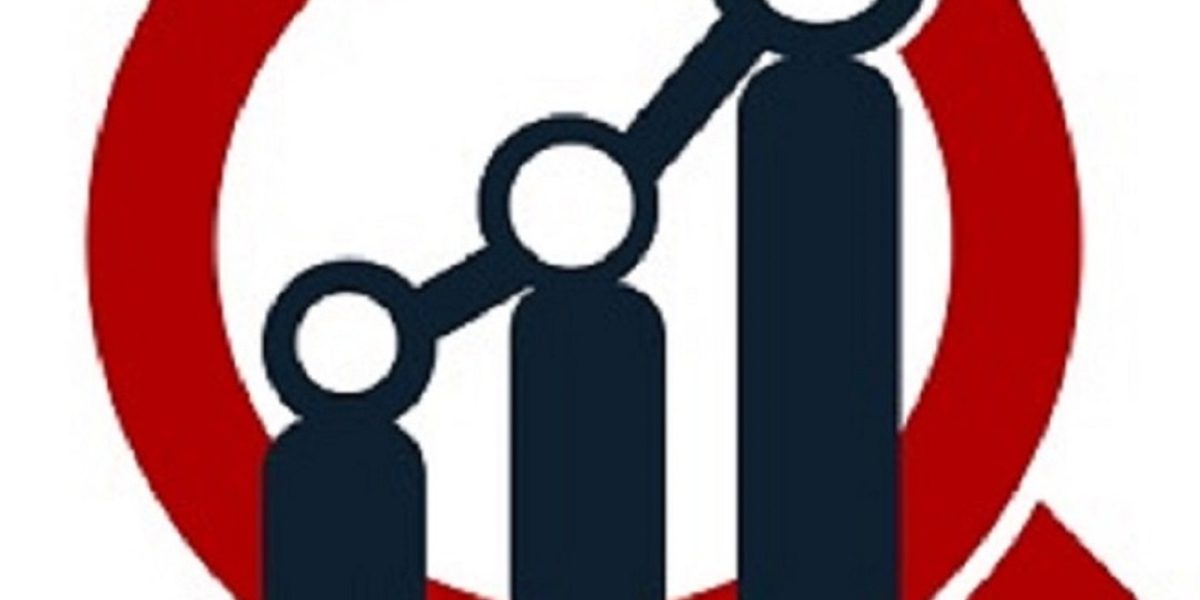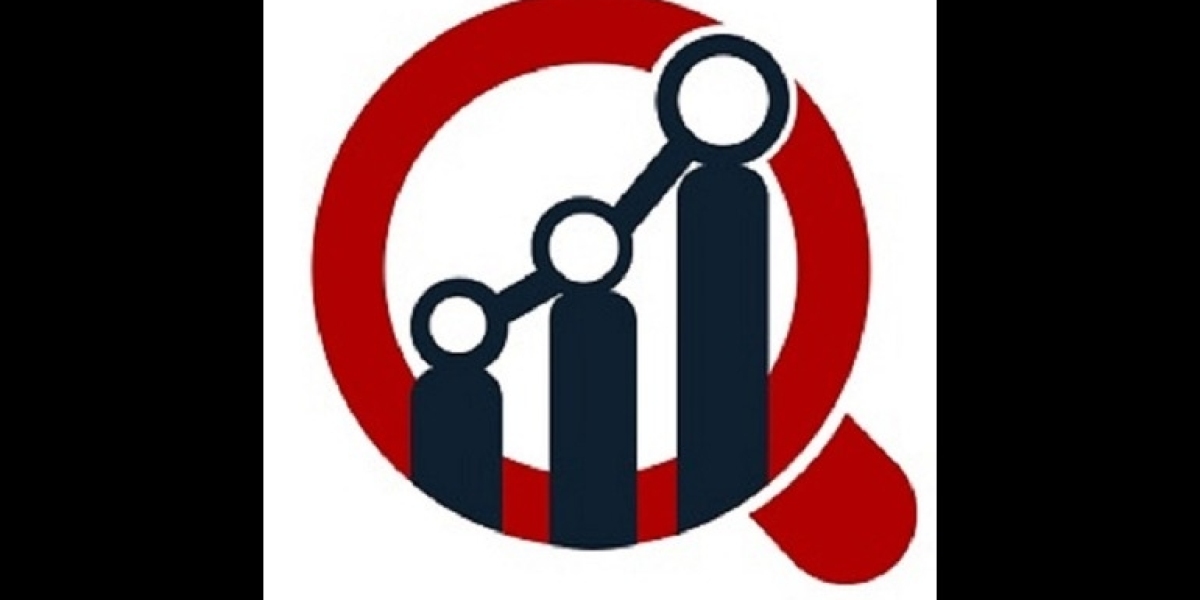Motor Insurance in India: Coverage, Trends & Future Outlook
Introduction
India is home to one of the largest and fastest-growing vehicle populations in the world. With millions of vehicles on the road daily, motor insurance has become essential not only to comply with legal requirements but also to protect owners from financial losses caused by accidents, theft, and natural calamities. Motor insurance Share remains one of the most important segments in the country’s non-life insurance sector.
Why Motor Insurance Matters
- Legal Compliance: Driving without valid motor insurance is illegal and can lead to penalties or even license suspension.
- Financial Protection: Repair costs after accidents or damage can be high. Insurance helps reduce this burden by covering repair or replacement expenses.
- Third-Party Protection: Motor insurance covers damages caused to other people or their property, ensuring compensation for third parties involved in accidents.
Types of Motor Insurance Policies
- Third-Party Liability Insurance: Covers damages or injury caused to third parties but does not cover the vehicle owner’s own losses. This is mandatory under Indian law.
- Comprehensive Insurance: Covers third-party liability as well as damage to the insured vehicle due to accidents, theft, fire, natural disasters, and other causes.
- Standalone Own-Damage Insurance: Covers damage to the insured vehicle but does not include third-party liability.
- Usage-Based Insurance (UBI): Premiums are calculated based on actual vehicle usage and driving behavior using telematics technology.
- Electric Vehicle (EV) Insurance: Customized insurance products that include battery protection, charger coverage, and roadside assistance for electric vehicles.
Common Add-Ons and Benefits
- Zero Depreciation Cover: Full claim without deducting depreciation on parts.
- Return to Invoice Cover: Pays the full purchase price of the vehicle in case it is declared a total loss.
- No Claim Bonus Protection: Allows you to claim insurance without losing your bonus.
- Engine and Gearbox Protection: Covers repairs of the engine and gearbox, especially useful in flood-prone areas.
- Key Replacement and Consumables Cover: Covers loss of car keys and consumables like nuts and bolts during repairs.
Emerging Trends in Motor Insurance
- Telematics and Pay-How-You-Drive Models: Use of GPS and driving data to tailor premiums based on driving habits, encouraging safer driving and reducing fraud.
- Focus on Electric Vehicles: As EV adoption grows, insurers are designing products specific to EV needs, including battery wear and charging infrastructure risks.
- AI-Powered Claims Processing: Automated damage assessments using photos and AI speed up claim settlements and improve customer experience.
- Digital and Embedded Insurance: Insurance integrated with vehicle purchase platforms, apps, and digital wallets makes buying and renewing policies easier and faster.
- Advanced Driver Assistance Systems (ADAS) Incentives: Discounts for vehicles equipped with safety technologies that reduce accident risks.
Challenges in the Motor Insurance Sector
- Pricing Pressure and Competition: Intense competition leads to tight margins for insurers.
- Fraudulent Claims: Insurance fraud remains a concern, adding to costs.
- Rising Repair Costs: Inflation in spare parts and labor increases claim expenses.
- Low Insurance Penetration in Rural Areas: Many vehicles, especially in rural regions, remain uninsured or underinsured due to lack of awareness.
Opportunities Ahead
- Expanding insurance penetration in tier 2 and tier 3 cities.
- Collaborations with mobility services such as ride-sharing and vehicle subscription platforms.
- Leveraging connected car data and IoT devices for real-time risk assessment.
- Launching parametric insurance products for climate-related risks like floods and storms.
- Developing innovative, flexible insurance products like micro-duration and pay-per-mile policies.
Outlook
Motor insurance in India is evolving rapidly with digital technologies and changing mobility patterns. The market is expected to grow steadily as vehicle ownership rises and customers seek personalized and efficient insurance solutions. Insurers adopting data-driven risk models and leveraging AI and telematics will be well-positioned to serve modern consumers while managing costs effectively.
Conclusion
Motor insurance is no longer just a legal requirement but a vital protection tool for vehicle owners. With technological advancements and regulatory support, the sector is poised for significant growth and innovation. Customers can expect more customized, transparent, and convenient insurance experiences as the industry adapts to new challenges and opportunities.
Related Report -
| Peer Analysis Market |
| Private Equity Market |
| Student Loan Market |
| Locker Market |
| Litigation Funding Investment Market |






